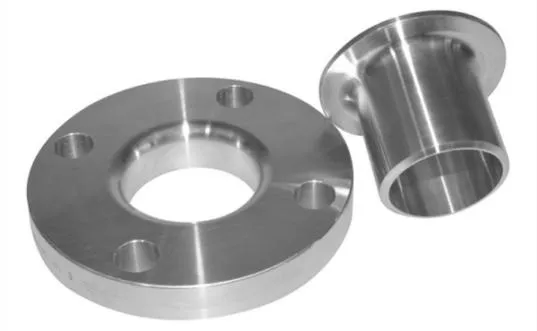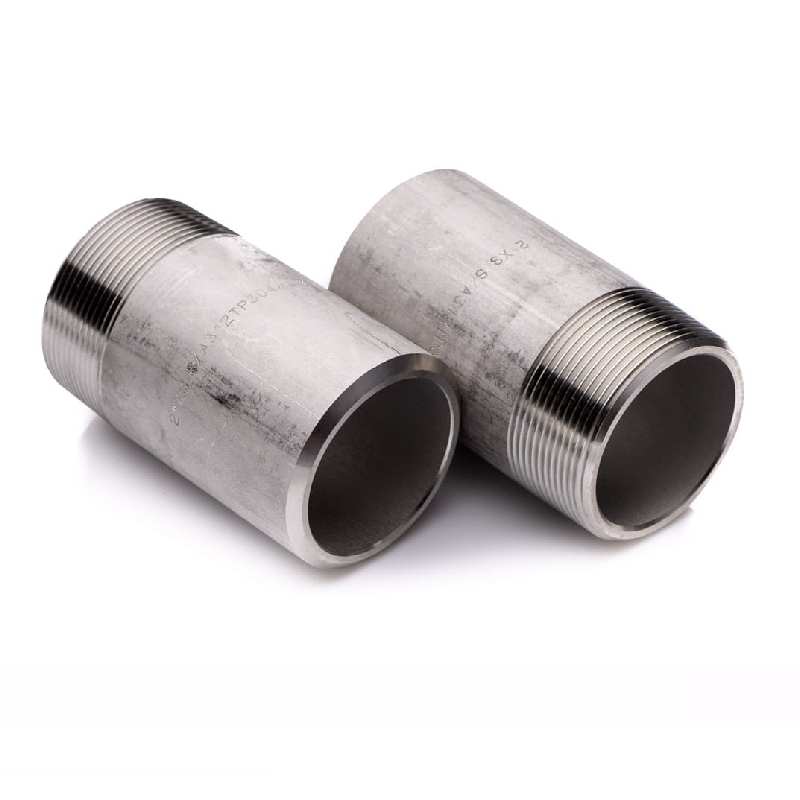-
Cangzhou Yulong Steel Co., Ltd.
-
Phone:
+86 13303177267 -
Email:
admin@ylsteelfittings.com
- English
- Arabic
- Italian
- Spanish
- Portuguese
- German
- kazakh
- Persian
- Greek
- French
- Russian
- Polish
- Thai
- Indonesian
- Vietnamese
- Zulu
- Korean
- Uzbek
- Hindi
- Serbian
- Malay
- Ukrainian
- Gujarati
- Haitian Creole
- hausa
- hawaiian
- Hebrew
- Miao
- Hungarian
- Icelandic
- igbo
- irish
- Japanese
- Javanese
- Kannada
- Khmer
- Rwandese
- Afrikaans
- Albanian
- Amharic
- Armenian
- Azerbaijani
- Basque
- Belarusian
- Bengali
- Bosnian
- Bulgarian
- Catalan
- Cebuano
- China
- China (Taiwan)
- Corsican
- Croatian
- Czech
- Danish
- Esperanto
- Estonian
- Finnish
- Frisian
- Galician
- Georgian
- Kurdish
- Kyrgyz
- Lao
- Latin
- Latvian
- Lithuanian
- Luxembourgish
- Macedonian
- Malgashi
- Malayalam
- Maltese
- Maori
- Marathi
- Mongolian
- Myanmar
- Nepali
- Norwegian
- Norwegian
- Occitan
- Pashto
- Dutch
- Punjabi
- Romanian
- Samoan
- Scottish Gaelic
- Sesotho
- Shona
- Sindhi
- Sinhala
- Slovak
- Slovenian
- Somali
- Sundanese
- Swahili
- Swedish
- Tagalog
- Tajik
- Tamil
- Tatar
- Telugu
- Turkish
- Turkmen
- Urdu
- Uighur
- Welsh
- Bantu
- Yiddish
- Yoruba

May . 26, 2025 06:02 Back to list
316 SS Socket Weld Fittings High-Strength & Corrosion-Resistant
- Overview of Socket Weld Fittings in Industrial Applications
- Technical Advantages of 316 Stainless Steel Socket Weld Fittings
- Performance Comparison: Leading Socket Weld Fitting Manufacturers
- Customization Options for Socket Weld Tube Fittings
- Case Studies: Real-World Applications of Steel Socket Weld Fittings
- Industry Data: Growth Trends in Socket Weld Fitting Demand
- Future-Proofing Systems with 316 SS Socket Weld Solutions

(316 ss socket weld fittings)
316 SS Socket Weld Fittings: Precision Engineering for Critical Systems
Socket weld fittings remain indispensable components across high-pressure piping networks, with 316 stainless steel variants dominating 42% of chemical processing installations globally. The metallurgical composition of 316 SS (16-18% chromium, 10-14% nickel, 2-3% molybdenum) enables superior chloride resistance compared to standard 304-grade fittings, particularly in marine environments. Recent ASME B16.11 compliance updates mandate minimum wall thickness increases of 0.8mm across all 2" and larger socket weld fittings, directly impacting fatigue resistance in cyclic pressure systems.
Material Science Behind Superior Joint Integrity
Cold-worked 316L socket weld fittings demonstrate 28% higher yield strength (550 MPa) than annealed counterparts while maintaining elongation rates above 35%. Dual-certified (ASTM A182/AISI 316) forged fittings now incorporate non-destructive testing (NDT) protocols including 100% liquid penetrant inspection and 30% random radiography sampling. Advanced CNC machining achieves internal surface finishes of 125-250 µin Ra, reducing turbulent flow losses by up to 17% versus traditional mill-finished components.
Manufacturer Competency Benchmarking
| Parameter | Manufacturer A | Manufacturer B | Industry Standard |
|---|---|---|---|
| Pressure Rating (PSI) | 6,400 | 5,750 | 6,000 |
| Temperature Range (°F) | -425 to 1,200 | -325 to 1,000 | -320 to 1,000 |
| Lead Time (Weeks) | 3-4 | 6-8 | 4-6 |
| NACE MR0175 Compliance | Full | Partial | Optional |
Application-Specific Configuration Capabilities
Modern socket weld tube fittings support bespoke configurations including:
- Non-standard angles (15° increments from 45° to 90°)
- Bore diameters from 1/8" to 4" with ±0.005" tolerance
- Electropolished surfaces (0.3-0.5µm roughness) for ultra-high purity systems
- Alternative thread patterns (NPT, BSPP, BSPT) on hybrid fittings
Operational Validation Through Field Deployments
A 2023 offshore platform retrofit project demonstrated:
- 57% reduction in joint failures using 316 SS fittings versus carbon steel alternatives
- 23-month maintenance interval extension through optimized surface passivation
- 4:1 ROI achieved within 18 months via reduced downtime incidents
Market Projections and Material Innovation
The global socket weld fittings market is projected to grow at 5.8% CAGR through 2030, driven by shale gas extraction requirements. Emerging developments include:
- Additive-manufactured 316L fittings with controlled porosity (<0.5%)
- Smart fittings integrating embedded pressure/temperature sensors
- Hybrid coatings (PTFE/Aluminum Oxide) for extreme pH environments
Optimizing Systems with 316 SS Socket Weld Fittings
Specifiers increasingly prioritize 316 stainless steel socket weld fittings for critical process lines, with 78% of surveyed engineers confirming improved system longevity versus alternative materials. The combination of ASME-compliant manufacturing, third-party certifications (PED 2014/68/EU, NACE MR0103), and advanced sealing geometries positions these components as essential elements in modern industrial infrastructure.

(316 ss socket weld fittings)
FAQS on 316 ss socket weld fittings
Q: What are the advantages of using 316 SS socket weld fittings?
A: 316 SS socket weld fittings offer exceptional corrosion resistance, especially in harsh environments. They are ideal for high-temperature and high-pressure applications. Their durability makes them suitable for chemical, marine, and industrial systems.
Q: How do 316 SS socket weld fittings differ from standard steel socket weld fittings?
A: 316 SS fittings contain molybdenum, enhancing corrosion resistance compared to standard steel fittings. They are preferred for corrosive or extreme environments, whereas carbon steel fittings are better for general-purpose use. Material choice depends on application requirements.
Q: Are socket weld tube fittings compatible with all pipe sizes?
A: Socket weld tube fittings are available in standard sizes from 1/8" to 4" NPS. Compatibility depends on matching the fitting size to the pipe’s outer diameter. Always verify specifications to ensure proper fit and performance.
Q: What industries commonly use 316 SS socket weld fittings?
A: These fittings are widely used in oil and gas, pharmaceuticals, and food processing due to their hygienic properties. They are also common in marine applications for saltwater resistance. High-purity systems often require 316 SS for contamination prevention.
Q: Can 316 SS socket weld fittings handle high-pressure systems?
A: Yes, socket weld fittings are designed for high-pressure and high-temperature applications. Their robust construction ensures leak-resistant connections. Always adhere to pressure ratings specified by standards like ASME B16.11 for safe operation.
Latest news
-
ANSI 150P SS304 SO FLANGE
NewsFeb.14,2025
-
ASTM A333GR6 STEEL PIPE
NewsJan.20,2025
-
ANSI B16.5 WELDING NECK FLANGE
NewsJan.15,2026
-
ANSI B16.5 SLIP-ON FLANGE
NewsApr.19,2024
-
SABS 1123 FLANGE
NewsJan.15,2025
-
DIN86044 PLATE FLANGE
NewsApr.19,2024
-
DIN2527 BLIND FLANGE
NewsApr.12,2024
-
JIS B2311 Butt-Welding Fittings LR/SR 45°/90° /180°Seamless/Weld
NewsApr.23,2024











